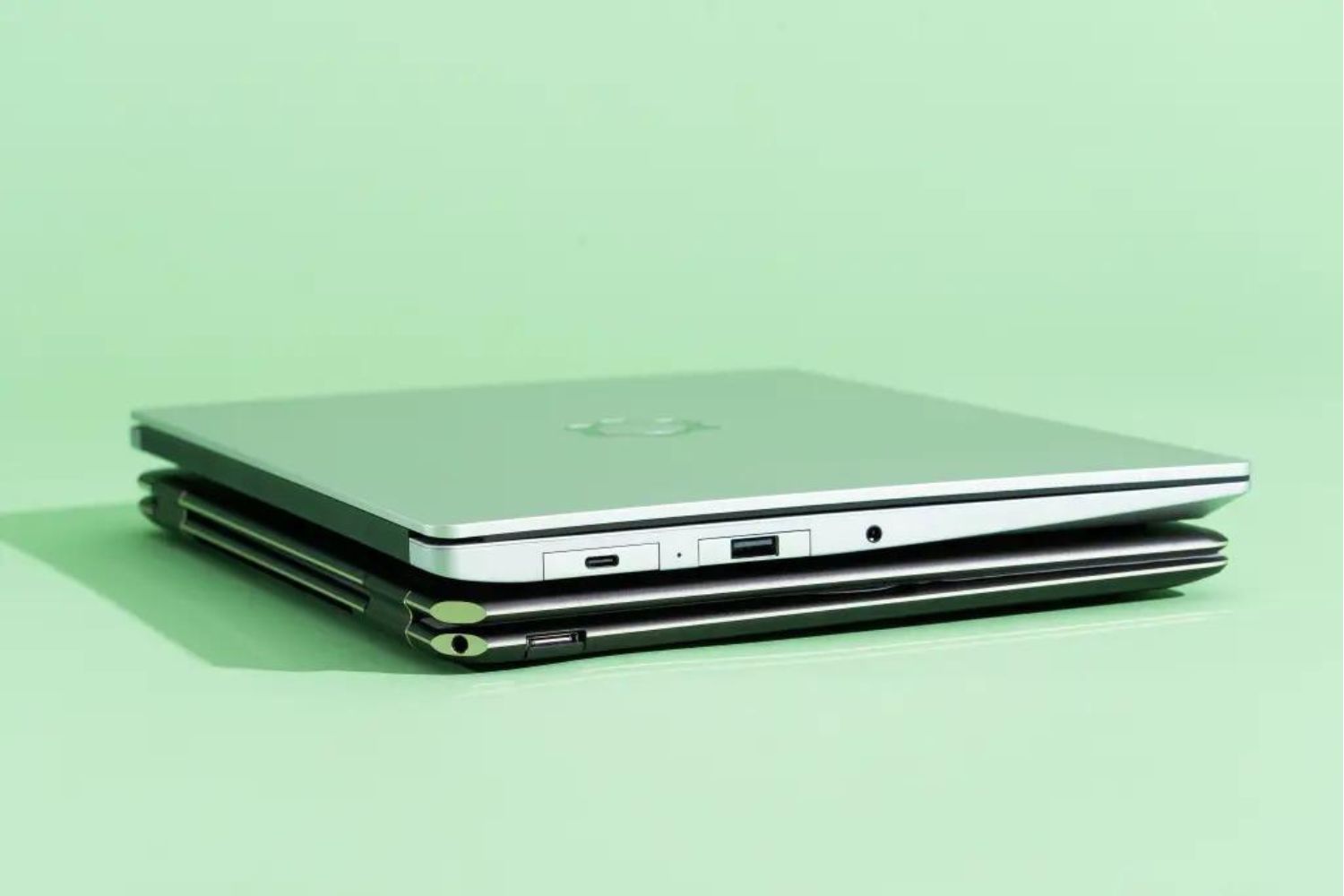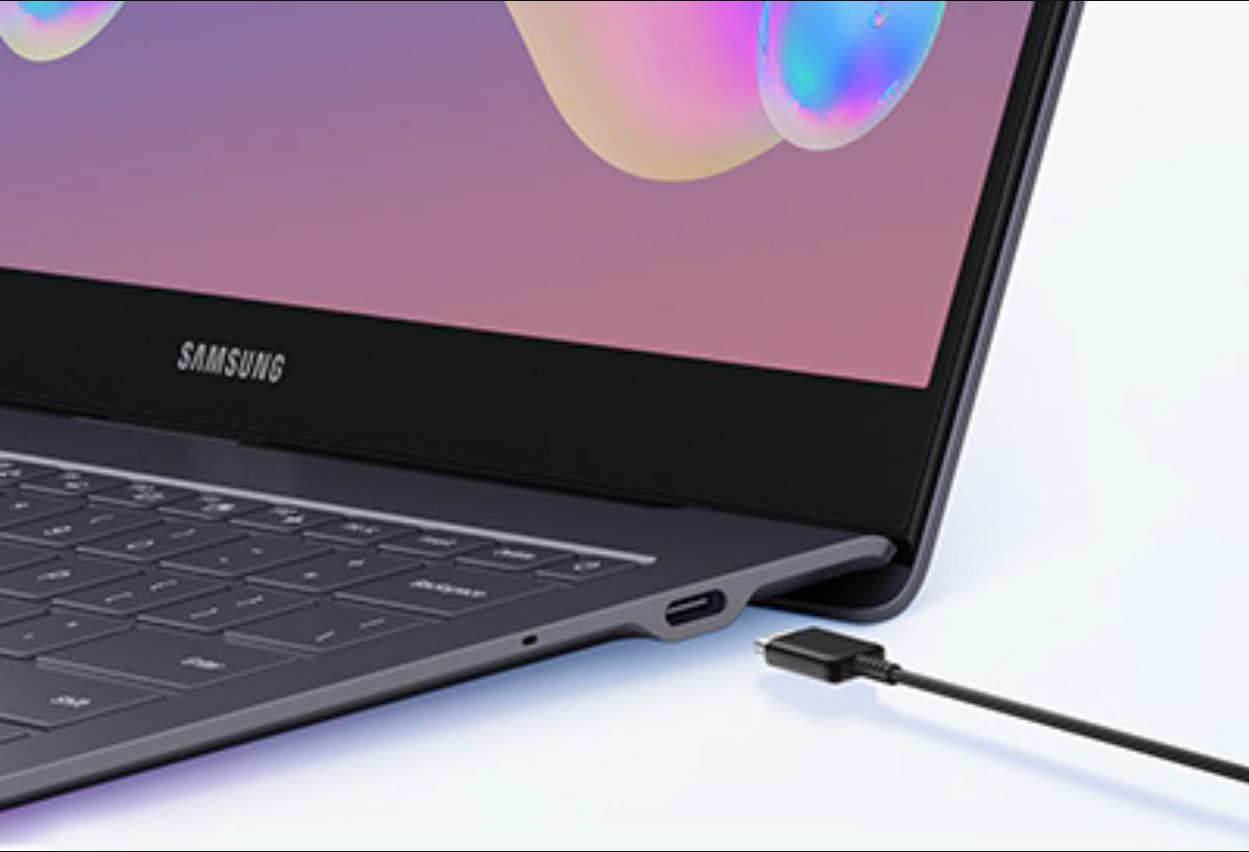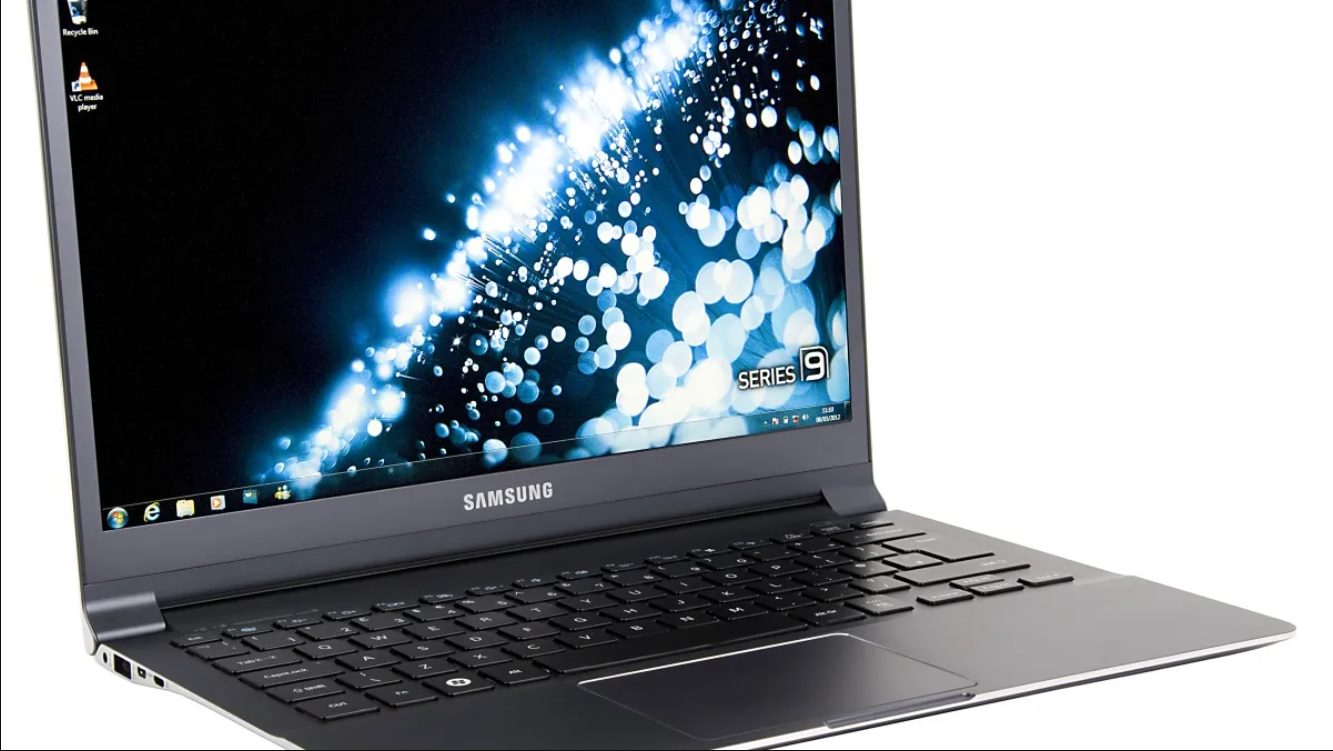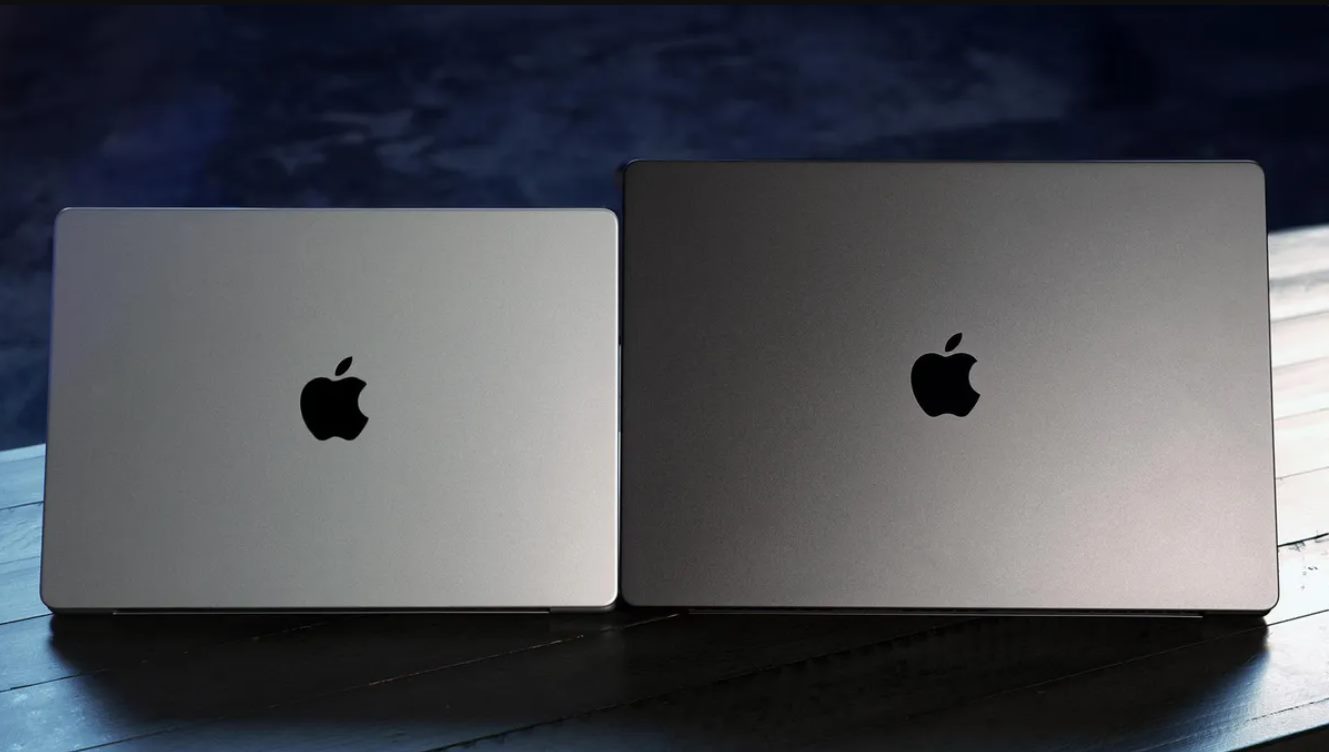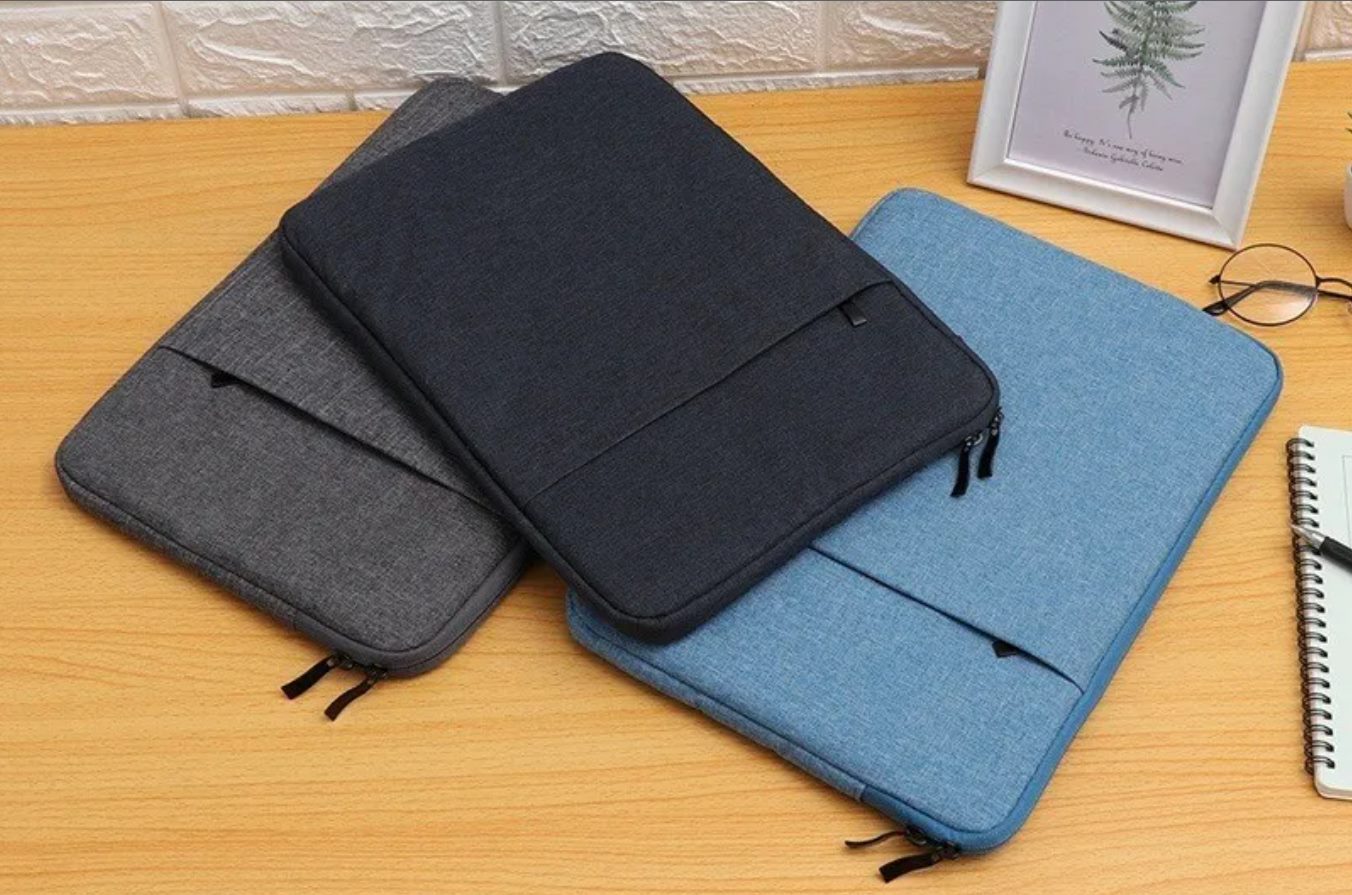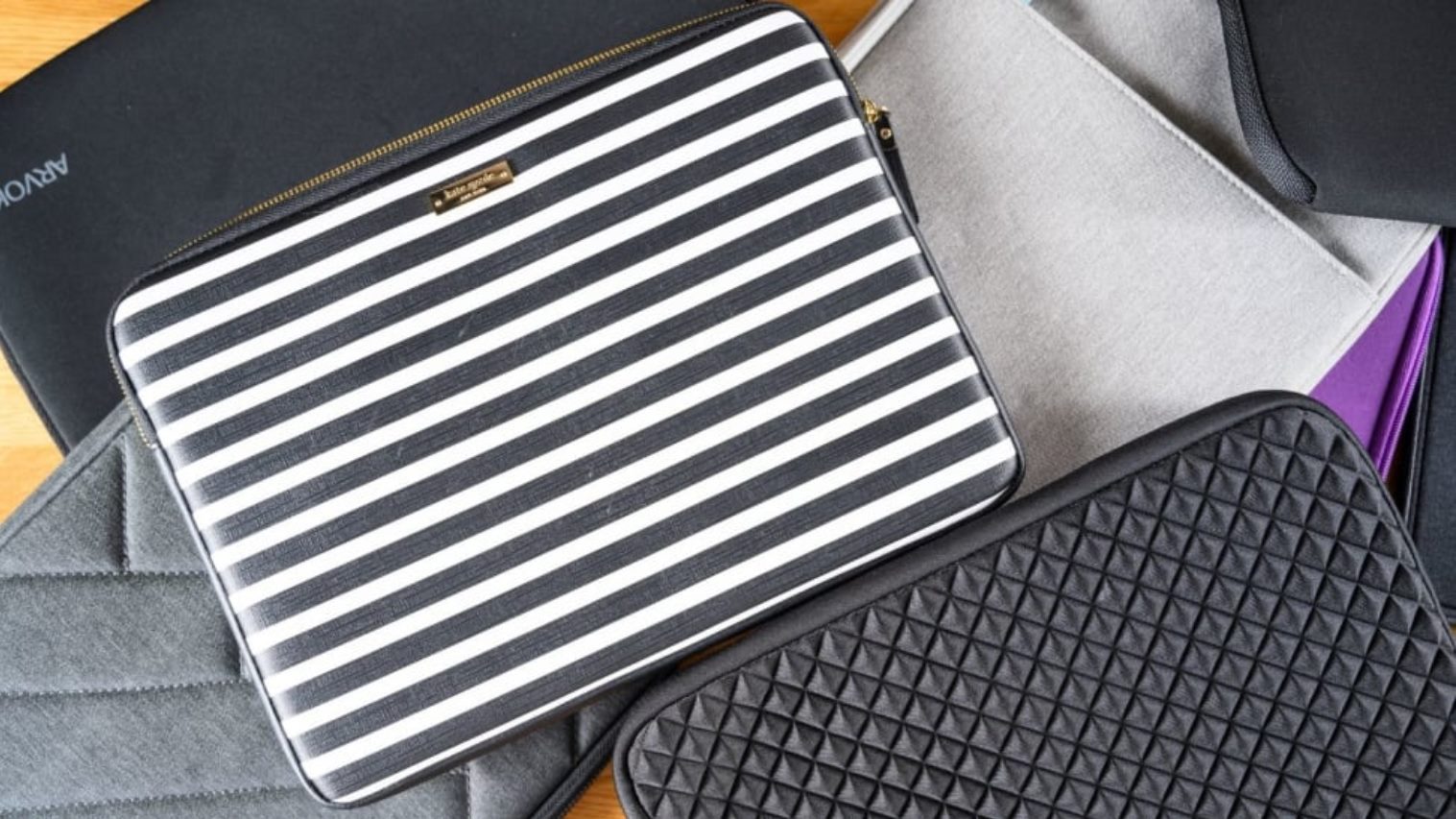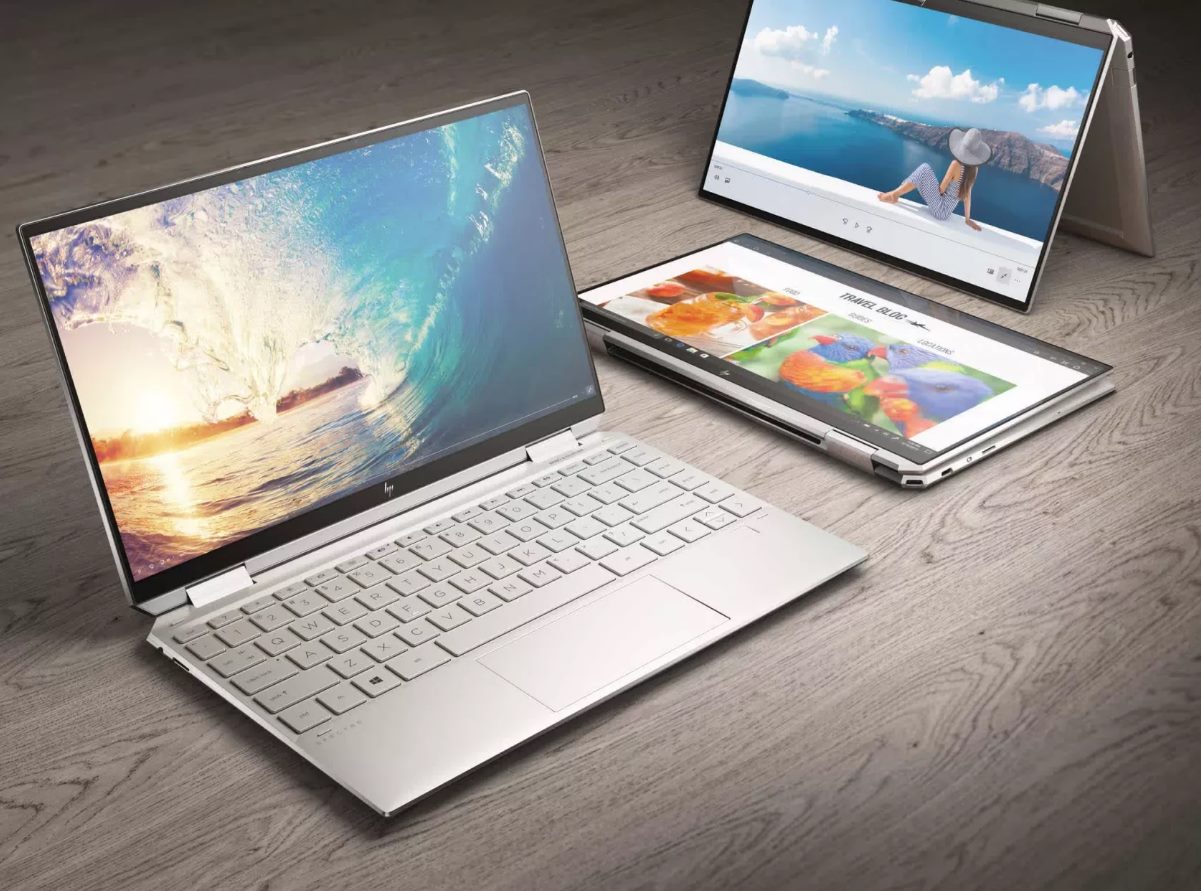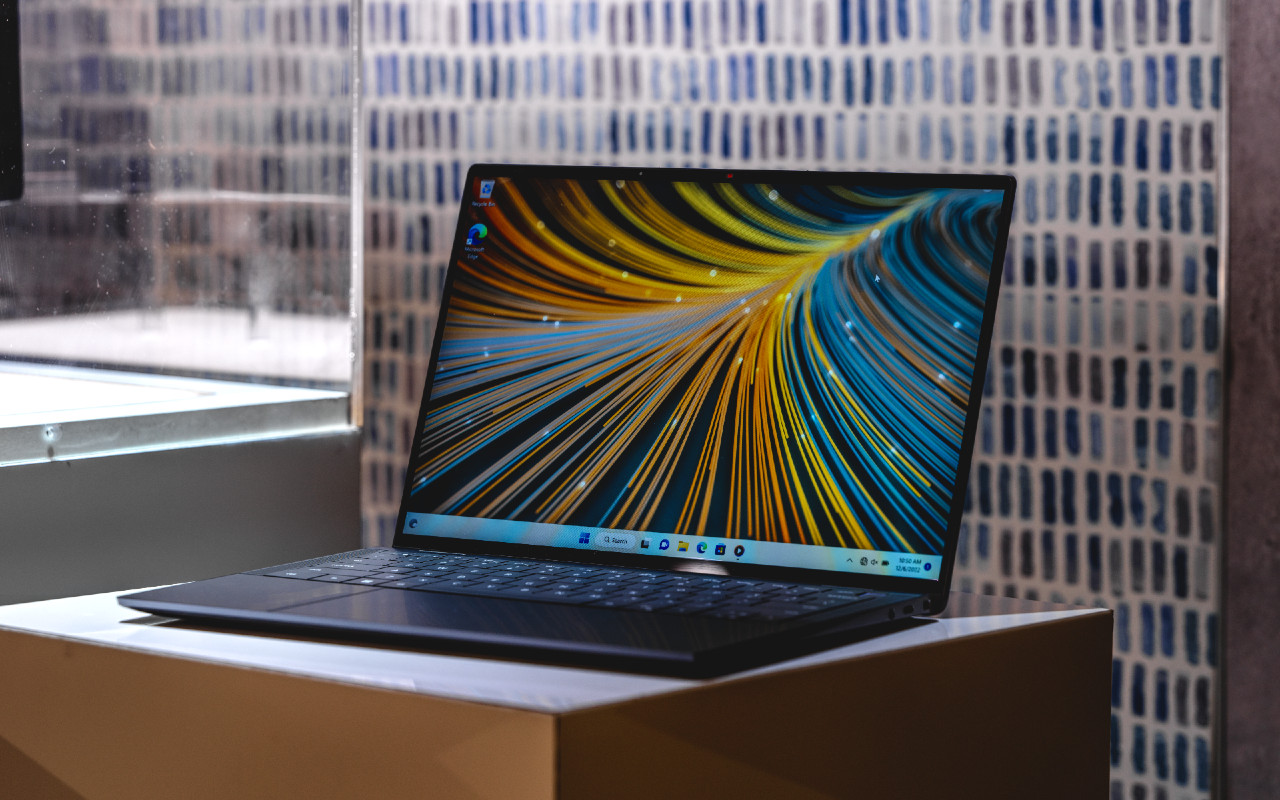Introduction
In today’s digital age, laptops, notebooks, and ultrabooks have become essential tools for both personal and professional use. These portable computing devices have simplified our lives by offering mobility and convenience. However, many people often use these terms interchangeably, unaware of their distinct characteristics and features. In this article, we will explore the differences between laptops, notebooks, and ultrabooks to help you make an informed decision when choosing the right device for your needs.
Laptops, notebooks, and ultrabooks are all portable computers designed to perform similar functions, such as browsing the internet, word processing, multimedia playback, and more. However, there are subtle differences that set them apart in terms of size, performance, battery life, and price.
Understanding these differences will empower you to choose the most suitable device based on your requirements, whether it’s for work, school, or entertainment purposes.
So, let’s dive into the distinctions between laptops, notebooks, and ultrabooks and explore which one aligns best with your computing needs.
Size and Weight
When it comes to portability, size and weight play a crucial role. Laptops are generally larger and heavier compared to notebooks and ultrabooks. Laptops typically have screen sizes ranging from 15 to 17 inches, making them more suitable for users who value a larger display for tasks such as graphic design or video editing. However, their bigger size often means they are less convenient to carry around.
Notebooks, on the other hand, are smaller and lighter than laptops. They usually have screen sizes between 13 and 15 inches, striking a balance between portability and comfort. Notebooks are ideal for individuals who need a portable device for everyday tasks like email, web browsing, and document editing. Their slim and compact design makes them easy to slip into a bag or backpack.
Ultrabooks take portability to the next level. They are known for their sleek and lightweight design, emphasizing thinness and lightness. Ultrabooks typically have screen sizes of 13 to 14 inches and are remarkably slim, weighing only a few pounds. Their compact size and weight make them the perfect choice for professionals or frequent travelers who require a powerful yet ultraportable device.
Ultimately, the choice between a laptop, notebook, or ultrabook in terms of size and weight will depend on your specific needs and preferences. If you prioritize a larger screen and are willing to sacrifice some portability, a laptop might be the right choice. On the other hand, if you value a balance between performance and portability, a notebook could be the optimal option. And if you crave maximum portability without compromising on power, an ultrabook is the way to go.
Processor and Performance
The processor is the heart and brain of any computing device, dictating its performance capabilities. Laptops, notebooks, and ultrabooks differ in terms of the processors they utilize, which directly impacts their overall performance.
Laptops typically offer a range of processor options, including both entry-level and high-performance processors. They are equipped with CPUs (central processing units) that provide sufficient power to handle demanding tasks such as gaming, video editing, and graphic design. The higher-end laptops often feature dedicated graphics cards, allowing for smooth gaming and graphic-intensive applications.
Notebooks, on the other hand, tend to have slightly lower-end processors compared to laptops. While notebooks can handle everyday tasks like web browsing, document editing, and multimedia playback, they may struggle with resource-intensive activities. If you’re not a power user or don’t require heavy processing capabilities, a notebook can still provide a satisfactory computing experience.
Ultrabooks, on the other hand, are known for their emphasis on efficiency and energy savings. They typically utilize low-power processors that prioritize battery life without sacrificing too much performance. Ultrabooks are perfect for professionals on the go who need a device that can handle productivity tasks such as email, word processing, and web browsing.
It’s important to note that within each category, there are variations in processor options. Higher-end laptops, for example, may offer processors from Intel’s Core i7 or AMD’s Ryzen series, providing top-notch performance. Similarly, ultrabooks may feature newer generations of processors designed for improved efficiency and power management.
Ultimately, the processor and performance requirements will depend on the specific tasks you plan to undertake. If you need a device that can handle resource-intensive activities, a laptop with a powerful processor would be the best choice. However, if you prioritize energy efficiency and portability, an ultrabook could be the ideal option. For everyday tasks, a notebook should suffice.
Storage and Memory
Storage and memory are essential aspects to consider when choosing a computing device. Laptops, notebooks, and ultrabooks differ in terms of the storage and memory options they offer, which directly affects their performance and capacity to store data.
Laptops typically come with ample storage space, offering a range of options such as hard disk drives (HDDs) or solid-state drives (SSDs). HDDs provide higher storage capacities at a lower cost but are slower in terms of data access. On the other hand, SSDs offer faster performance, lower power consumption, and increased durability, albeit at a higher price per gigabyte.
Notebooks often have more limited storage options compared to laptops. Many notebooks now come with SSDs as the primary storage option. SSDs provide faster read and write speeds, resulting in quicker boot times and program loading. While notebooks may have lower storage capacities compared to laptops, their focus on speed and efficiency makes them ideal for everyday tasks and lightweight applications.
Ultrabooks typically feature SSDs as their primary storage option as well. Since ultrabooks prioritize portability and energy efficiency, SSDs are preferred due to their faster performance and lower power consumption. However, ultrabooks may have smaller storage capacities compared to laptops, so it’s important to consider your storage needs before making a decision.
In terms of memory (RAM), laptops generally offer a wide range of options, allowing for more flexibility in multitasking and running resource-intensive applications. You can find laptops with RAM capacities ranging from 8GB to 32GB or even more, depending on your requirements. More RAM allows for smoother multitasking and better performance, especially for tasks involving heavy software or large datasets.
Notebooks typically come with 4GB to 16GB of RAM, which is generally sufficient for everyday use, such as web browsing, email, and word processing. Ultrabooks also offer similar memory capacities as notebooks, although higher-end ultrabooks may provide more RAM options for users requiring higher performance.
When deciding on the storage and memory requirements, consider the type of applications you will use and the volume of data you need to store. If you require ample storage capacity and the ability to run resource-intensive applications, a laptop with a larger HDD or SSD and higher RAM capacity would be the best choice. For everyday tasks and lightweight applications, notebooks and ultrabooks with smaller SSDs and sufficient RAM should meet your needs.
Battery Life
Battery life is a critical factor to consider when choosing a portable computing device. Laptops, notebooks, and ultrabooks differ in terms of their battery performance, which determines how long you can use the device without needing to recharge.
Laptops typically have larger battery capacities due to their larger size and higher power requirements. This means that laptops can provide longer battery life, especially if they are equipped with efficient processors and optimized power management features. Higher-end laptops with dedicated graphics cards or gaming capabilities may consume more power and have shorter battery life compared to entry-level models.
Notebooks, being smaller and more compact, often have smaller battery capacities compared to laptops. However, notebooks are designed with energy efficiency in mind, which allows them to offer relatively good battery life. With advancements in technology, many notebooks now feature low-power processors and energy-efficient components, contributing to extended battery usage. Notebooks are typically suitable for users who require a device for everyday tasks and don’t need prolonged usage on a single charge.
Ultrabooks, being the pinnacle of portability, excel in battery life due to their focus on energy efficiency. Ultrabooks utilize low-power processors, SSDs, and other power-saving features to maximize battery performance. This results in longer usage time per charge, making them ideal for users who are always on the go and require a device that can last throughout the day.
It’s important to note that battery life can vary depending on usage patterns, screen brightness, and other factors. Manufacturers’ claims about battery life should be taken into consideration but may not always accurately reflect real-world usage. Therefore, it’s advisable to read reviews and gather user feedback to get a better understanding of the actual battery performance.
When considering battery life, think about your typical usage scenarios. For users who require long hours of usage without needing to recharge, a laptop with a larger battery capacity would be the best choice. If you prioritize portability and need a device that can last throughout the day, an ultrabook with optimized power management features is the way to go. For general everyday use with moderate battery needs, a notebook should provide satisfactory battery life.
Display and Graphics
The display quality and graphics capabilities of a computing device are important considerations, especially for tasks that involve visual content, multimedia, or gaming. Laptops, notebooks, and ultrabooks offer varying display and graphics options, catering to different user preferences and requirements.
Laptops generally provide a wide range of display options, including different screen sizes and resolutions. Higher-end laptops may feature full HD or even 4K displays, delivering crisp and vibrant visuals for multimedia consumption, gaming, and graphic design. Additionally, laptops often come with dedicated graphics cards, allowing for better gaming performance and handling of resource-intensive tasks involving graphics or video editing.
Notebooks typically offer smaller display sizes compared to laptops, which can be advantageous for users who prioritize portability and convenience. The display quality of notebooks varies, but many models now feature full HD resolutions, providing excellent image clarity for everyday use. While notebooks may not have dedicated graphics cards like high-end laptops, they generally have integrated graphics processors (GPUs) capable of handling basic multimedia and casual gaming needs.
Ultrabooks are designed to be slim and lightweight, which often translates into smaller display sizes. However, this does not mean compromised visual quality. Ultrabooks can offer full HD resolutions or even higher, delivering crisp and vibrant visuals. While ultrabooks may not have dedicated graphics cards, they usually incorporate integrated GPUs that are suitable for everyday tasks and light gaming.
When choosing a device based on display and graphics, consider your specific needs. If you require high-resolution displays and the ability to handle graphics-intensive tasks like gaming or graphic design, a laptop with a dedicated graphics card and a high-resolution display is the optimal choice. For everyday tasks and casual multimedia consumption, notebooks and ultrabooks with Full HD displays and integrated GPUs should suffice.
It’s worth noting that display quality is not solely determined by resolution and graphics capabilities. Factors like color accuracy, viewing angles, and brightness are also important. Reading product reviews or viewing displays in person can give you a better idea of the overall display quality.
Connectivity Options
Connectivity options are crucial for seamless integration with other devices and accessing the internet. Laptops, notebooks, and ultrabooks offer various connectivity options, allowing users to connect to different peripherals, networks, and accessories.
Laptops generally come equipped with a wide range of connectivity ports and options. Common ports found on laptops include USB ports (both USB-A and USB-C), HDMI ports, Ethernet ports, and SD card slots. These ports provide flexibility for connecting external devices such as keyboards, mice, external storage drives, monitors, and more. Additionally, laptops usually include built-in Wi-Fi and Bluetooth capabilities to connect to wireless networks and accessories.
Notebooks, being more compact in size, may have fewer connectivity options compared to laptops. However, they still offer a range of essential ports such as USB ports (often USB-C), HDMI ports, and headphone jacks. While notebooks may lack certain ports found on laptops, they usually provide sufficient connectivity options for everyday use. Built-in Wi-Fi and Bluetooth capabilities are also standard features in notebooks.
Ultrabooks, known for their slim and lightweight design, may prioritize portability over an extensive array of connectivity options. However, they still offer essential connectivity ports, including USB ports (typically USB-C), HDMI ports, and audio jacks. Ultrabooks often include wireless connectivity options such as Wi-Fi and Bluetooth for convenient wireless usage.
It’s important to assess your connectivity needs when choosing a device. Consider the devices or accessories you typically connect to, such as external hard drives, monitors, or printers, and ensure that the device you choose has the necessary ports. Additionally, if you require a stable and fast network connection, make sure the device has reliable Wi-Fi or Ethernet capabilities.
It’s worth noting that if certain ports are missing on your chosen device, you can always use adapters or docking stations to expand your connectivity options. This allows you to connect a wider range of devices and accessories.
Ultimately, the connectivity options offered by laptops, notebooks, and ultrabooks should align with your specific needs and usage requirements. Make sure to choose a device that provides the necessary ports and connectivity features to facilitate smooth integration and enhance your productivity.
Operating System
The operating system (OS) is the software that manages and controls the hardware and software resources of a computing device. Laptops, notebooks, and ultrabooks offer different operating system options, each with its own unique features and user interface.
Windows is the most common and widely used operating system found on laptops. Windows offers a familiar interface and a wide range of software compatibility. It supports a vast array of applications and software, making it suitable for both personal and professional use. Microsoft regularly releases updates and security patches to ensure a secure and optimized user experience.
For users who prefer a more streamlined and user-friendly experience, macOS is a popular choice. macOS is exclusive to Apple’s MacBook series and provides a cohesive ecosystem that integrates seamlessly with other Apple devices. It offers a sleek and intuitive user interface and is favored by professionals in creative fields such as graphic design, music production, and video editing.
Linux is an open-source operating system, known for its versatility and customizable nature. While less commonly pre-installed on laptops, it is often favored by developers, programmers, and tech-savvy users due to its robust security, stability, and extensive customization options. Linux offers a wide range of distributions, each with its own unique features and user interface.
Notebooks and ultrabooks often come pre-installed with the same operating systems available on laptops. However, some ultrabooks may come with Chrome OS, which is a lightweight operating system developed by Google. Chrome OS is designed primarily for web-based applications and cloud storage, making it suitable for users who primarily rely on web browsing, email, and other online services.
When considering the operating system, it’s crucial to choose one that aligns with your preferences and requirements. Windows offers broad software compatibility and a familiar interface, making it suitable for most users. macOS provides a seamless integration with other Apple devices and is favored by creative professionals. Linux is ideal for users who value customization and flexibility. Chrome OS is a lightweight option for those who primarily use web-based applications.
It’s important to note that the choice of operating system may also impact software availability, compatibility, and support. Consider your software and application needs before deciding on the operating system for your device.
Price Range
Price is a significant factor to consider when choosing a laptop, notebook, or ultrabook. These portable computing devices come in a wide range of price points, catering to different budgets and needs.
Laptops generally offer a wide spectrum of prices, ranging from budget-friendly options to high-end models with premium features. Budget laptops are available at affordable prices and provide basic functionality for everyday tasks. Mid-range laptops offer a balance between performance and price, suitable for most users who require a reliable device for work, school, or entertainment. High-end laptops, on the other hand, come with advanced features, such as dedicated graphics cards and high-resolution displays, making them ideal for professionals or gamers who demand top-notch performance.
Notebooks tend to be more budget-friendly compared to laptops, making them an attractive option for users who require a portable device at a lower price point. Notebooks offer good value for money, providing sufficient performance for everyday tasks without breaking the bank. While they may not have all the premium features of higher-end laptops, notebooks excel in providing practicality and affordability.
Ultrabooks, being slim and lightweight, often come at a higher price compared to laptops and notebooks. The focus on premium build quality, energy efficiency, and portability contributes to the higher price tag. Ultrabooks are designed for professionals on the go who require powerful performance and exceptional portability, making them the priciest option within the portable computing segment.
It’s important to set a budget and determine your specific needs and requirements when considering the price range of these devices. Assess the tasks you will be performing, the level of performance you require, and any additional features that are important to you. This will help you find a device that fits your budget while meeting your specific computing needs.
Furthermore, it’s worth considering the long-term investment value of the device. Laptops and ultrabooks often allow for hardware upgrades, such as adding more RAM or upgrading storage, which can extend their lifespan and provide better value in the long run.
Before making a final decision, it’s advisable to compare prices from different manufacturers and retailers, read reviews, and consider the overall value and performance offered by the device within your desired price range.
Conclusion
Choosing the right portable computing device, whether it’s a laptop, notebook, or ultrabook, is a decision that involves considering various factors and understanding the differences between these devices. Each option has its own set of advantages and features to offer, catering to different user preferences, needs, and budgets.
Laptops provide a wide range of choices, with larger screens, powerful processors, and ample storage and memory options. They are suitable for users who require high-performance capabilities and are willing to sacrifice some portability for a larger display and more extensive features.
Notebooks strike a balance between portability and functionality, offering smaller form factors, energy-efficient processors, and sufficient storage and memory capacities. They are ideal for users who prioritize mobility and require a device for everyday tasks and lightweight applications.
Ultrabooks excel in portability and ultra-slim designs without compromising on performance. They come with energy-efficient processors, SSD storage, and sleek aesthetics, making them the perfect choice for professionals on the go or users who value extreme portability and style.
Consider your specific needs, such as the size and weight of the device, performance requirements, storage and memory needs, battery life expectations, display and graphics preferences, connectivity options, and your budget. This will help you narrow down the choices and find the device that best suits your individual needs.
Additionally, familiarize yourself with the different operating systems available for these devices, such as Windows, macOS, Linux, or Chrome OS. The operating system will influence software compatibility and user experience, so pick the one that aligns with your preferences and requirements.
Lastly, don’t forget to take into account the price range that fits your budget. Laptops, notebooks, and ultrabooks come in various price points, ranging from affordable options to premium devices with advanced features. Find a balance between performance, features, and price to ensure you get the best value for your investment.
By considering all these factors and understanding the distinctions between laptops, notebooks, and ultrabooks, you’ll be able to make an informed decision and choose the perfect portable computing device that meets your needs and enhances your productivity.







